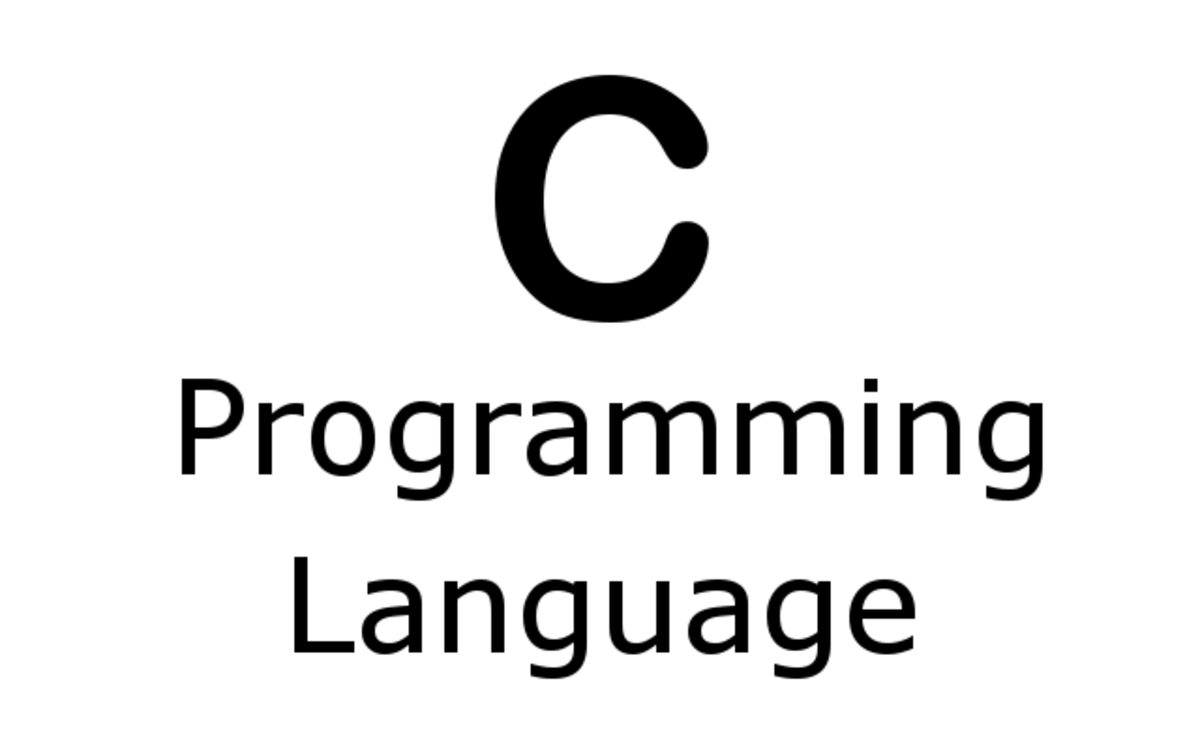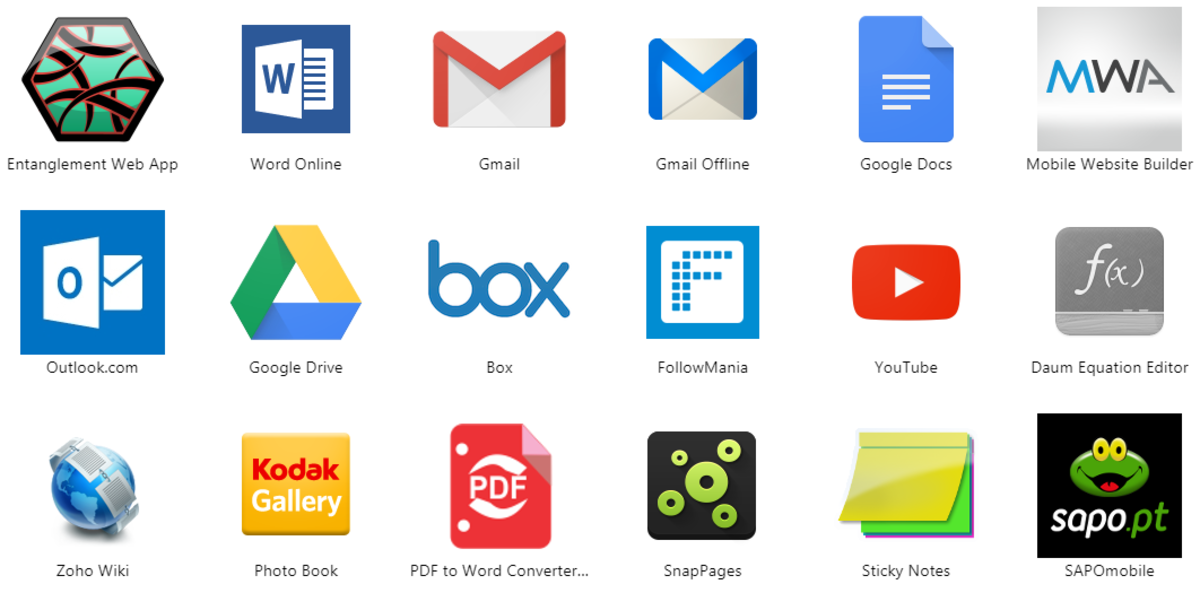Why Choose Audit Command Language for Data Analytics?
The state of the data analytics industry
There is an ongoing shift in the industry of Data Analytics solutions these days. It has both, the employers and employees confused and somewhat lost as to where it is all going. There are many factors that are in play which are dictating these changes. Some of these factors might be:
- Cost - Over the last few years, many powerful tools and technologies have come in the industry as the state of the art solutions for data analytics. Needless to say, all these have varied price points. Ranging from being free to hundreds of thousands of dollars. Of course, there are pros and cons of each but it does create a problem of cost effectiveness for most firms.
- New Tools & Technologies - Just as cost is a factor, firms are always in the hunt for the newer technologies and tools that are released in the market, so as to stay ahead of the competition.
- Talent - The problem posed by the cost and the available choices in the market is not having enough people readily trained to drive adoption in the firms and market in general.
- Scope - New technologies available at lower prices naturally leads to increasing the scope of any endeavor, even if it is just to explore the possibilities that arise from the affordable technology. For instance, the use of statistics in data analytics is gathering steam for usage in consumer behavior studies to build predictive models rather than simple investigation based analytics. These tasks used to fall under the domain of hardcore economists.
Given these considerations, there are some tools that have stood the test of time over the last few years and are still being used. One of these tools in the ACL Audit Command Language. There are many advantages of using the Audit Command Language, over the existing tested tools, which at the least make this tool a solid stand by in the face of the above mentioned uncertainties.
Advantages of the ACL
Listed below are a few reasons which make Audit Command Language a solid standby tool for data analytics projects across industries are firms.
- Cost - The Audit Command language is competitively priced in the market to make the adaptability easier for most firms as opposed to tools like SAS and Tableau.
- Graphical User Interface - The Audit Command language provides an easy to use Graphical User Interface to perform most of the common tasks and functions that would be required by the any professional to extract and perform some form of analysis. In general, this tool does not rely very heavily on the use scripting to perform the basic level analysis.
- Easy to Learn - Given that most common functions can be performed using the GUI provided by the tool, it significantly reduces the learning curve for new comers and experienced professionals alike.
- Plays well with others - The Audit Command Language provides flexibility, with regards to tools like MS Excel, MS Word etc.
- Adaptable - It is capable of working with rather large data sets going upwards of 100 million lines of data. However, it should be pointed out, that ACL is much slower in terms of performance when working with the larger data sets. This is another area of a potential trade off that could the direction of investment.
Audit Command Language - GUI
Audit Command Language - Setting up ACL project
Possible Alternatives?
This article is not meant to be pro- ACL. The intention is to explore a solution which a compromise to keep the employers and the available work force in balance with regards to the supply and demand with the situation of the job market. In that spirit, we are listing some possible alternatives to Audit Command Language with the respect to small to medium scale analytics projects:
- MS Excel - Microsoft's Excel program is a very capable software to perform data analytics. It provides some very powerful features to work with data sizes limited to 1 million rows of data at a time. Given it is cheaper than most solutions available in the market, it seems worth investment for small scale projects with the routine reports at potentially minimum errors.
- SQL - SQL based tools are very easily available in terms of cost. For instance, MY SQL workbench is available for free or the MS SQL server is considerably cheaper than say tools like SAS, The trade off the SQL based tools for data analytics is the lack of a GUI and error detection when working with the data. On the plus side, SQL based tools can work with larger data sets than MS Excel.
Conclusion
With all the above considerations in mind, It seems that ACL Audit Command Language, seems to the most appropriate tool as it provides a comfortable platform off which to build on future initiatives. The industry seems too chaotic at the moment and this tool can serve as strong of qualifications for employers to acquire talent and employees to stay relevant in the competitive market. It seems that it would be at least another 4-5 years, till we can definitively point towards the trend of the industry and possibly decide on a particular platform or rather a combination of tools and technologies that would be the basis of the future of data analytics.
Audit Command Language Poll
Audit Command Language - Yes or No?
© 2017 Mohit Prabhakar






